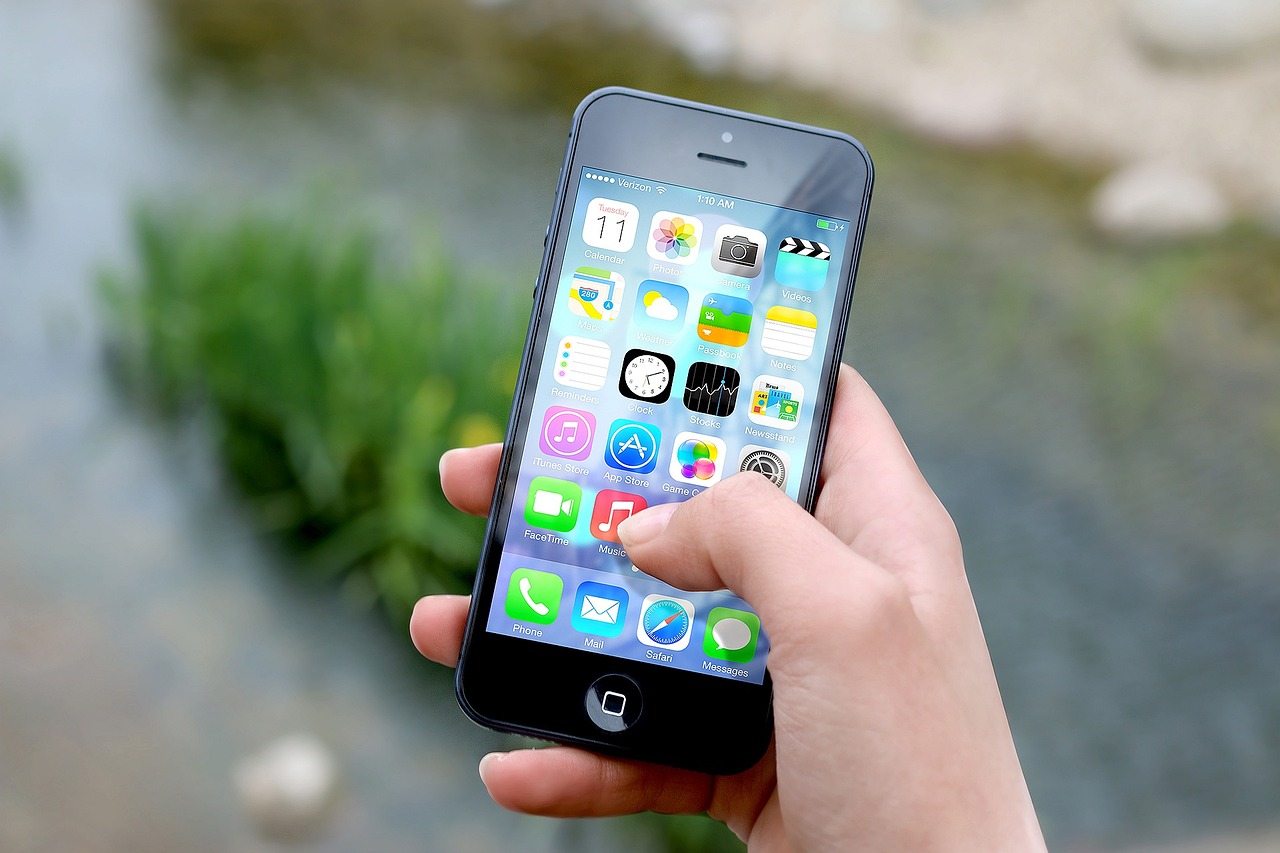
The number of accessible appliances that can be used in the home today for cooking, entertainment and any other daily living activities means that people with mobility issues, or other impairments such as hearing or vision impairments can be more independent.
iPhones are a good example as they can be programmed to alert the user when a doorbell rings or the baby cries. They can be used to read grocery labels as well as provide a means to listen to books and watch tv. Other appliances that are accessible are induction cooktops, fridges, washing machines, microwaves and air fryers.
So how do you go about choosing the best appliance for you.
 Research, Planning
Research, Planning
Start by researching the available options for accessible appliances. Look for brands and models that prioritize accessibility features. Make a list of the appliances you need and identify specific features that would benefit you or your family members. Talk to accessibility experts that not only understand the available options but also use the options themselves.
Be careful when you are performing searches for items and their accessibility. For example, if you are using a search engine to find an accessible TV note that the first few results are tied into advertising and thereby will not necessary have the accessibility that you are requiring. It is important to be thorough when you are looking at any search result.
 Features
Features
Consider:
-
Low Thresholds: For dishwashers and ovens, choose models with low thresholds to facilitate easy access.
-
Large, Clear Controls: Appliances with large, easy-to-read buttons and displays are more user-friendly.
-
Adjustable Shelving: Refrigerators and ovens with adjustable shelving make it easier to reach items.
- Front-Loading Washing Machines: These are easier to load and unload for individuals with mobility challenges.
- Voice Activation: Some modern appliances offer voice-activated controls, which can be beneficial for those with limited dexterity.
- Smart Technology: Consider appliances that can be controlled remotely via a smartphone app.
 Consultation, Testing
Consultation, Testing
Visit appliance stores or showrooms to see the appliances in person. Test the controls, doors, and any accessibility features to ensure they meet your needs.
 Budget
Budget
While accessibility features are essential, it’s also crucial to consider your budget. Look for appliances that strike a balance between accessibility and affordability.
Installation, Maintenance
Ensure that appliances are installed correctly, as improper installation can lead to safety hazards and reduced accessibility.
Follow the manufacturer’s maintenance guidelines to keep your appliances in optimal working condition. Regular maintenance prolongs their lifespan and ensures continued accessibility.
Conclusion
Investing in accessible appliances not only enhances the quality of life for individuals with disabilities but also promotes independence, inclusivity and convenience for all household members. By researching, planning, and choosing the right appliances, you can create a more accessible and user-friendly home environment. Remember that accessible appliances are not just a practical choice; they’re a step toward a more inclusive and empowering household.


